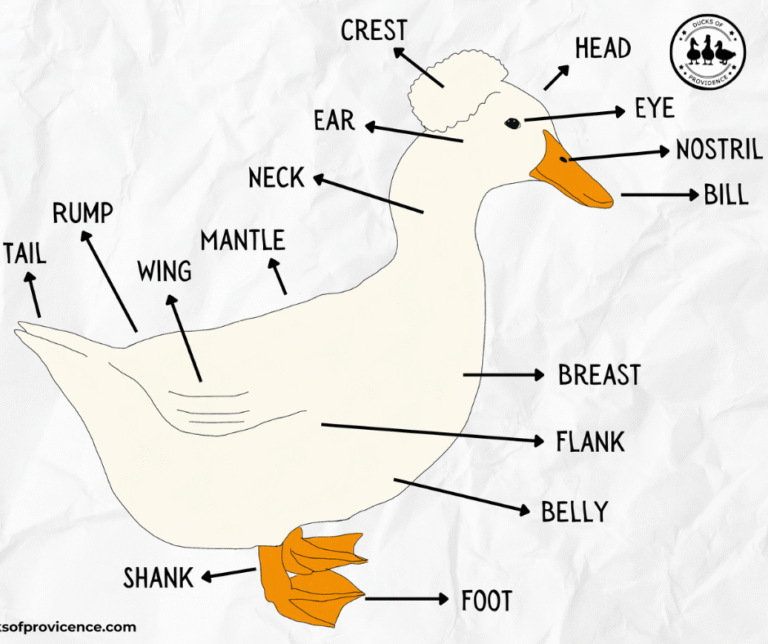
What are Bill Freckles in Ducks
If you’ve ever noticed dark spots appearing on your duck’s bill, you might be wondering if something’s wrong. Rest assured, these dark spots, often referred to as bill freckles, are not a sign of a molt or any health issue. Instead, they are a natural, harmless part of a duck’s aging process.
Bill freckles are especially common in female ducks as they mature and begin laying eggs. These freckles form due to changes in the pigments of the bill, a perfectly normal occurrence that doesn’t affect the duck’s health. So, no need to worry if you spot these freckles on your ducks—they’re just another unique feature of your feathered friend’s appearance!

In this guide, we’ll take a deeper look into what causes bill freckles, which ducks are more likely to develop them, and how to tell them apart from other bill issues that might need attention.
Ducks of Providence is free, thanks to reader support! Ads and affiliate links help us cover costs—if you shop through our links, we may earn a small commission at no extra cost to you. Thanks for helping keep our content free and our ducks happy! 🦆 Learn more
Why Do Bill Freckles Form?
Bill freckles develop due to changes in pigmentation, specifically the balance between xanthophyll (a yellow-orange pigment) and melanin (a dark pigment) in a duck’s bill. This process is most noticeable in female ducks, especially as they age and begin laying eggs.
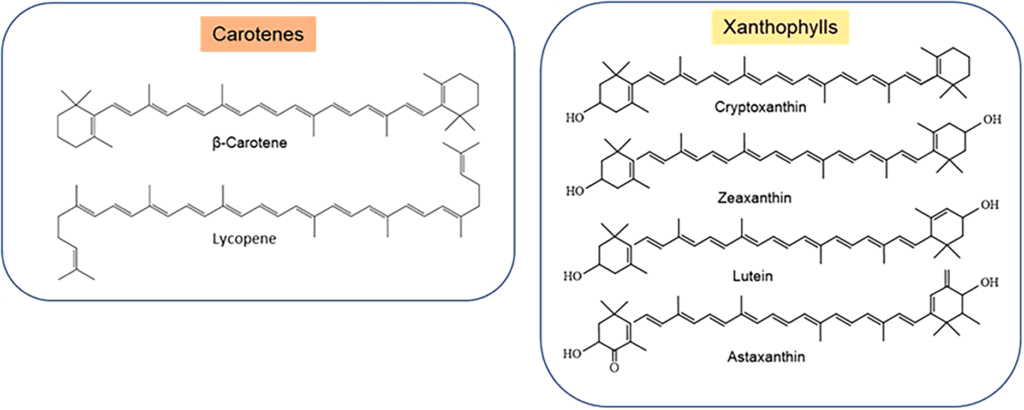
Xanthophyll is a type of carotenoid, and it’s very similar in structure and function to other carotenoids like beta-carotene—the pigment that gives carrots their bright orange color.
The Role of Xanthophyll in Bill Coloration
Xanthophyll is a natural pigment derived from the duck’s diet, particularly from foods rich in carotenoids such as leafy greens, corn, and other plant materials. This pigment is responsible for giving ducks bright yellow or orange bills and also plays a crucial role in egg yolk coloration.
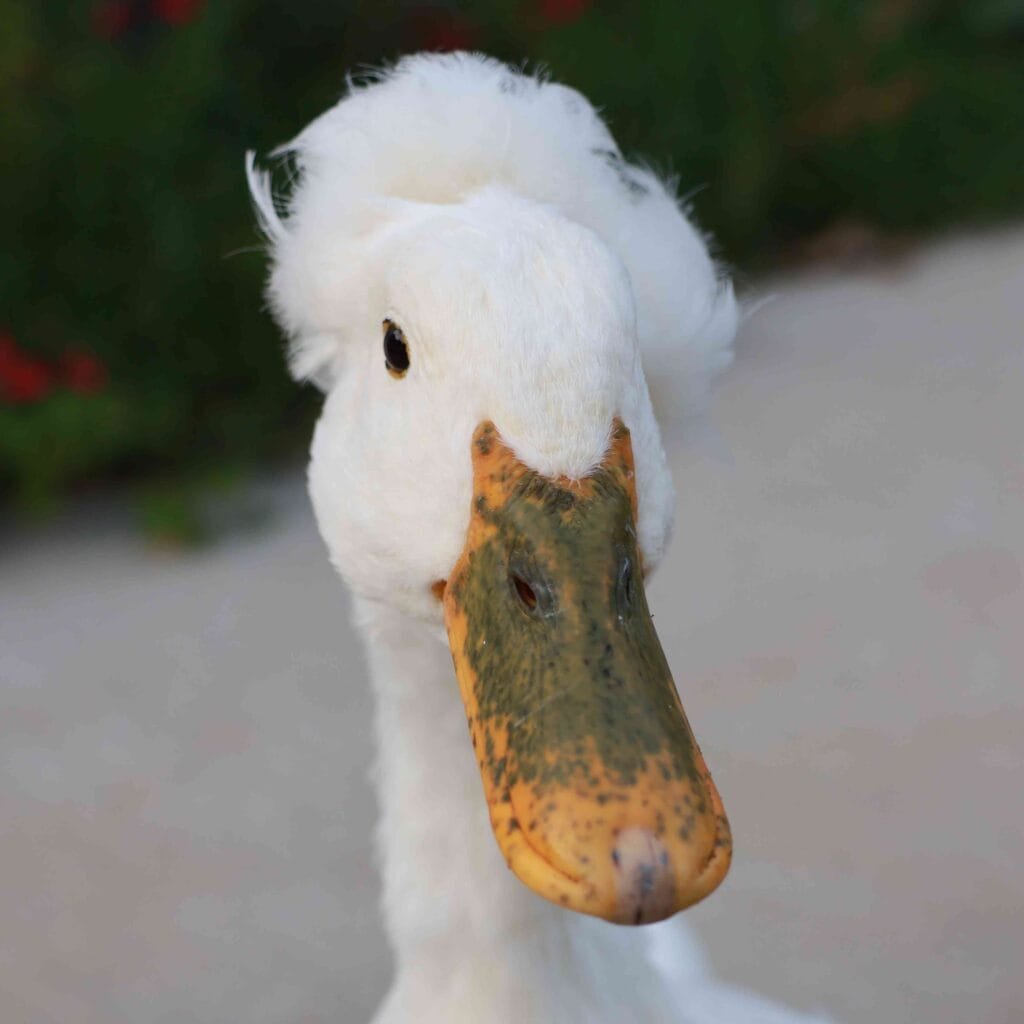
How Egg-Laying Affects Pigmentation
When female ducks begin laying eggs, their bodies prioritize xanthophyll for yolk production rather than for maintaining bill coloration. Over time, as xanthophyll is redirected to the eggs, the pigment in the bill gradually fades, exposing the darker melanin underneath. This results in the appearance of freckles, which may become more prominent as the duck continues to lay eggs season after season.
Freckling is often more noticeable in high-producing layers, as they use more xanthophyll than ducks that lay infrequently. Additionally, ducks that consume fewer carotenoid-rich foods may experience faster pigment loss and develop freckles sooner.
Why Male Ducks Don’t Get Bill Freckles
Unlike females, male ducks do not lay eggs, so they retain their xanthophyll pigment without the same depletion process. As a result, their bills remain bright and freckle-free throughout their lives unless influenced by other factors like age-related pigmentation changes or minor injuries.
How Diet Influences Bill Freckle Development
Since bill freckles are linked to xanthophyll depletion, a duck’s diet plays a significant role in how quickly or prominently they develop. Providing a diet rich in carotenoids can help maintain bill pigmentation for longer, although freckles are still a natural part of the aging and egg-laying process.
Carotenoid-Rich Foods That Support Bill Pigmentation
Carotenoids, including xanthophyll, are found in various plant-based foods. Feeding ducks a diet high in these pigments can help slow down the fading process and keep their bills more vibrant. Some excellent sources include:
- Dark leafy greens (kale, spinach, dandelion greens)
- Carrots and sweet potatoes
- Pumpkin and squash
- Corn and alfalfa
- Marigold petals (often used in poultry feeds to enhance yolk color)
Providing these foods regularly can support xanthophyll levels, but it won’t completely prevent freckles—especially in ducks that lay frequently.
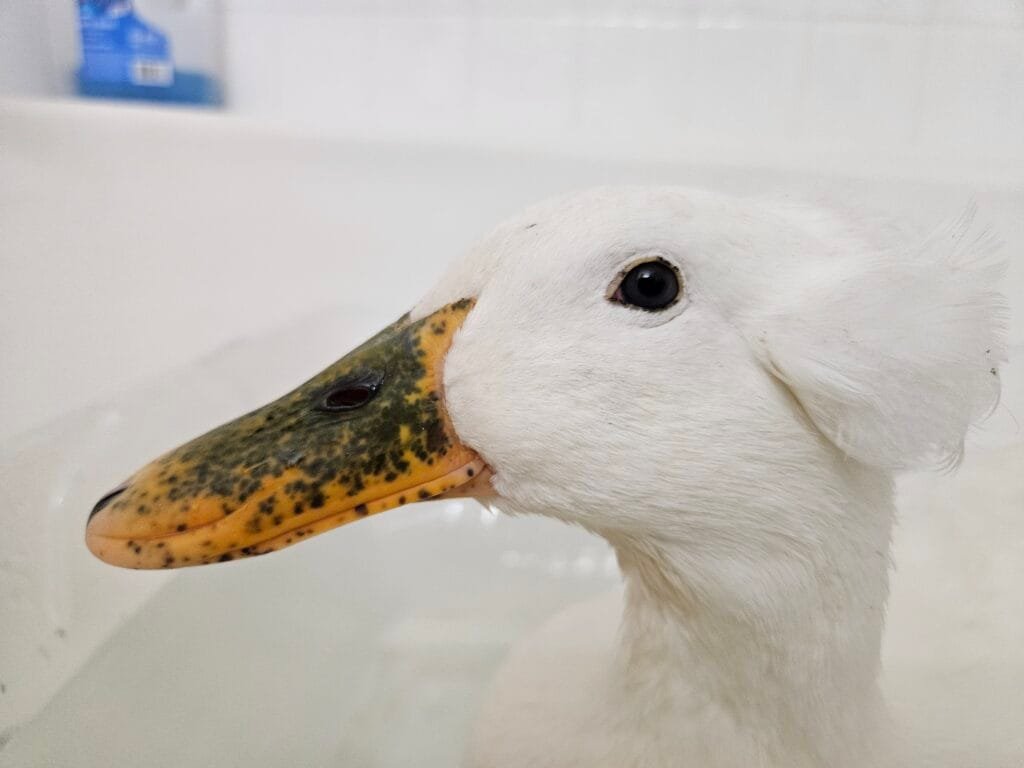
Carotenoid-Rich Foods for Ducks and Their Benefits
| Food | Carotenoid Content | Additional Benefits | How to Feed |
|---|---|---|---|
| Kale | High in lutein & zeaxanthin | Supports vision & immunity | Offer chopped, fresh, or mixed into feed |
| Spinach | High in xanthophylls | Rich in iron & vitamins A, C, & K | Give raw in small amounts (oxalates can interfere with calcium absorption) |
| Dandelion Greens | High in beta-carotene & lutein | Natural detoxifier & good for digestion | Fresh-picked or dried |
| Carrots | Rich in beta-carotene | Supports skin & feather health | Grated or chopped into feed |
| Sweet Potatoes | High in beta-carotene | Energy-boosting & great for winter | Cooked and mashed for easy eating |
| Pumpkin | High in beta-carotene | Supports digestive health & immune system | Raw or cooked, seeds can also be fed |
| Squash | Rich in lutein & beta-carotene | Aids digestion & hydration | Cooked or raw, cut into small pieces |
| Corn | Moderate xanthophyll content | Good energy source but should be balanced with other foods | Cracked, or fresh |
| Alfalfa | High in lutein & beta-carotene | Natural pigment booster found in some poultry feeds | Fresh or as alfalfa meal in feed |
| Marigold Petals | Extremely high in lutein & zeaxanthin | Enhances egg yolk color & bill pigmentation | Dried |
Boost Your Duck’s Bill Color with Grubbly Farms Omega Mix!
Looking for an easy way to support your duck’s bill pigmentation while also promoting overall health? Grubbly Farms Omega Mix is a fantastic supplement packed with natural carotenoids, including marigold petals, to help maintain vibrant bill color. This nutritious mix isn’t just about looks—it’s formulated with omega-3s and essential nutrients to support feather health, strong eggshells, and optimal digestion.
By adding Grubbly Farms Omega Mix to your flock’s diet, you’re giving them a well-rounded, natural boost that enhances both their internal health and external vibrancy. Plus, it’s an easy, mess-free way to ensure they’re getting the best nutrients available.
🐥 Try it today and give your ducks the extra nutrition they deserve!
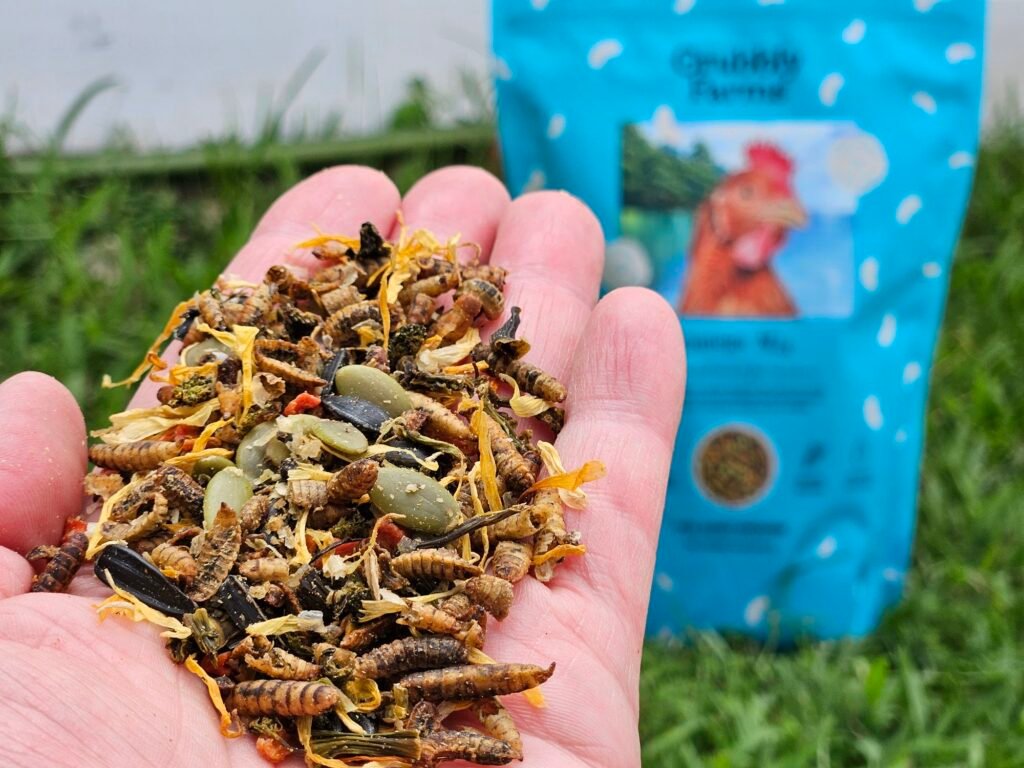
Can You Prevent Bill Freckles?
Freckles are a natural result of pigment depletion and cannot be entirely prevented. However, you can slow their appearance by:
- Feeding a diet rich in carotenoids to help maintain xanthophyll levels.
- Allowing access to fresh greens if your ducks forage naturally.
- Provide a balanced feed that includes natural pigment boosters like alfalfa meal or marigold extract (some high-quality poultry feeds include these).
Even with a well-balanced diet, freckles will still appear in most female ducks as they age and lay eggs. However, maintaining good nutrition ensures overall bill health and vibrancy, regardless of pigment changes.
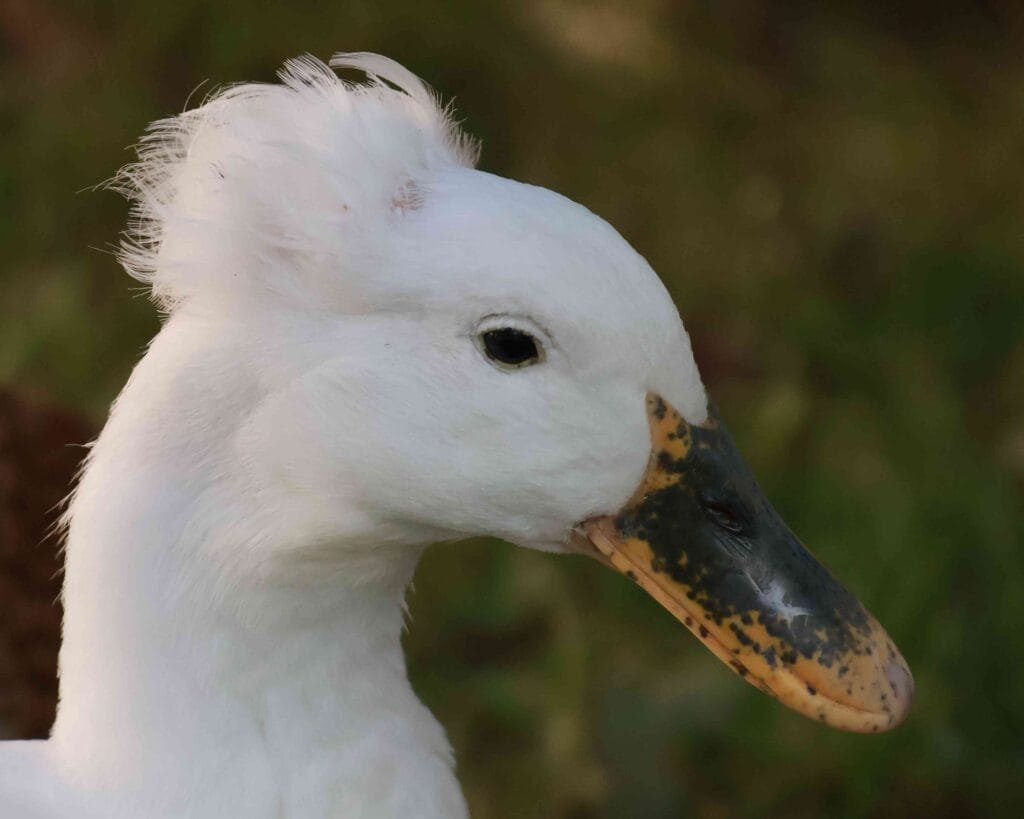
Which Ducks Get Bill Freckles?
The likelihood of bill freckles appearing depends on a duck’s breed, bill color, and pigmentation balance. Ducks with lighter-colored bills are more prone to freckling, while those with naturally dark bills may not show visible changes.
Breeds Prone to Bill Freckles
Ducks with yellow or orange bills often develop freckles as they age, particularly female ducks that lay eggs. The most common breeds that experience this change include:
- Pekin Ducks – Their bright orange bills can develop prominent dark freckles over time.
- Buff Orpington Ducks – Known for their golden-buff plumage, these ducks often show speckling on their light-colored bills.
- Saxony Ducks – Their soft peach-colored bills may develop scattered freckles as they mature.
- Silver Appleyard Ducks – Laying females of this breed can exhibit bill speckling over time.
- Ancona Ducks – Their mottled plumage often extends to their bills, making freckles a common feature in females.

Breeds That Rarely Develop Freckles
Ducks with naturally dark or black bills usually do not display freckles because melanin is already evenly distributed throughout their bill. These include:
- Mallards – Both wild and domestic Mallards have darker greenish, bluish, or blackish bills that do not show freckling.
- Cayugas – Their solid black bills and plumage contain a high level of melanin, preventing visible freckles.
- Black Swedish Ducks – Like Cayugas, their dark bills make freckling unnoticeable.
- Muscovy Ducks – While some Muscovies have lighter bills, their natural mottling can obscure any freckling effects.
Even within the same breed, individual variation plays a role—some ducks may freckle more than others depending on genetics, diet, and how much xanthophyll they store.
Every duck is unique, and even if they come from the same breed and have the same diet, their appearance can differ greatly. Take our two White Crested Ducks, for example. Schnatterinchen has developed a lot of bill freckles, and she even started getting them in her first year of laying. On the other hand, Emma, who is also 3.5 years old, still hasn’t developed any freckles at all. This just goes to show that some ducks may start getting bill freckles early, while others might never develop them, even with similar care and environment. It’s all part of the individuality of each duck!
Are Bill Freckles Harmful?
No, bill freckles are completely harmless and are a normal part of a duck’s natural aging process. These freckles do not indicate any underlying health issues or deficiencies. Instead, they are simply a result of pigment changes that occur as ducks mature, particularly in females who lay eggs.
As a duck ages and continues laying, xanthophyll levels in the bill gradually decrease, allowing the darker melanin pigment to show through. This is a purely cosmetic change and does not affect a duck’s well-being, ability to eat, or overall health.
If you notice sudden discoloration, lesions, or changes in bill texture, it may be worth checking for injuries, infections, or nutritional imbalances, as these are unrelated to normal freckling. However, common bill freckles themselves are nothing to worry about and are just another unique feature of your duck’s appearance!
Bill Injuries and Other Health-Related Causes of Bill Changes
While bill freckles are harmless and natural, there are instances when changes in a duck’s bill can be health-related. If you notice swelling, sores, bleeding, or significant discoloration in your duck’s bill, it could be a sign of an injury or a health issue. It’s important to differentiate between natural freckles and other potential problems to ensure your duck stays healthy.
Injuries
Ducks are active and curious, often pecking at things in their environment, which can sometimes lead to accidental injuries. If your duck experiences a trauma or injury to its bill, you might notice:
- Cuts, bruises, or abrasions – These can occur if a duck gets into a conflict with other birds or accidentally bumps into a hard surface.
- Swelling or redness – If the bill becomes swollen or red, it may be a sign of inflammation or infection from a wound.
- Bleeding or scabbing – Injuries that cause bleeding could lead to scabs or crusting as the wound heals.
If you suspect an injury, it’s important to keep the area clean and prevent further damage. Mild injuries can often be treated with gentle cleaning and antiseptic, but more severe injuries may require a vet’s attention.

Duck Bill Infections
Infections can also affect the bill and its surrounding areas. Common signs of an infected bill include:
- Discoloration – A sudden change in the color of the bill (other than freckles) could indicate an infection or fungal growth.
- Pus or discharge – If you notice any unusual discharge from the bill, it could be a sign of infection.
- Pitting or ulceration – Small pits or ulcer-like sores can develop as a result of bacterial infections.
Oral infections can be caused by bacteria like Coryza or pasteurellosis, which affect the respiratory system but can also lead to bill problems. Infections like these can cause pain, swelling, and discharge in the bill area, so a visit to the vet is needed for proper diagnosis and treatment.
Nutritional Deficiencies
In some cases, changes in a duck’s bill could be related to poor nutrition. A lack of essential nutrients, particularly vitamins and minerals, can affect a duck’s overall health and appearance. Here are a few common nutritional causes for bill changes:
- Vitamin A deficiency – Ducks need Vitamin A for healthy mucous membranes, including those around their bills. A lack of Vitamin A can lead to swelling, cracks, or abnormal bill growth.
- Calcium deficiency – Insufficient calcium in a duck’s diet can lead to soft bills or changes in bill texture, affecting the structure and function of the bill.
- Protein deficiency – A lack of protein can impact the health of feathers, skin, and the bill, leading to dullness or cracking.
Providing a balanced diet that includes a mix of grains, vegetables, protein-rich foods, and proper vitamin and mineral supplementation is key to maintaining bill health.
Fungal or Parasite Infections
Fungal infections like Candidiasis or external parasites such as lice or mites can sometimes cause changes to the bill’s appearance, especially around the nostrils or bill edges. In these cases, you may notice:
- Scaly patches or crusting on the bill, particularly near the base or nostrils.
- Excessive rubbing or scratching at the bill, which could indicate itching or discomfort from parasites.
- Discharge from the nose or nostrils, which can suggest the presence of a fungal or bacterial infection affecting the respiratory system.
When to Seek Vet Care
If you notice any of the following signs, it’s important to seek veterinary care for a proper diagnosis and treatment:
- Swelling or lumps around the bill or face
- Painful or difficult eating (if the duck is having trouble eating or seems to avoid food)
- Excessive discharge or unusual scabbing around the bill
- Sudden or significant changes in the bill color or texture (other than freckles)
Your vet can help determine if the issue is related to an injury, infection, or nutritional deficiency and will recommend the best treatment for your duck.

Should You Be Concerned About Bill Freckles?
For the vast majority of ducks, bill freckles are completely normal and not a cause for concern. They tend to be permanent and may increase with age, but they don’t affect a duck’s health or behavior. However, if the freckles are accompanied by sores, cracks, or inflammation, they should be examined more closely.
Wrapping Up
Bill freckles are a fascinating and natural part of a duck’s aging process, especially for females as they begin laying eggs. While these dark spots are harmless and completely normal, they can vary from duck to duck, even within the same breed. As we’ve seen with our own flock, some ducks develop freckles early, while others may never get them at all. It’s just one of the many things that make each duck special!
Do your ducks have bill freckles? We’d love to see! Feel free to share their pictures with us on Instagram and tag us at @ducks_of_providence. Let us know how your ducks are showing off their unique features—whether they’re sporting freckles or not! We can’t wait to hear from you!



